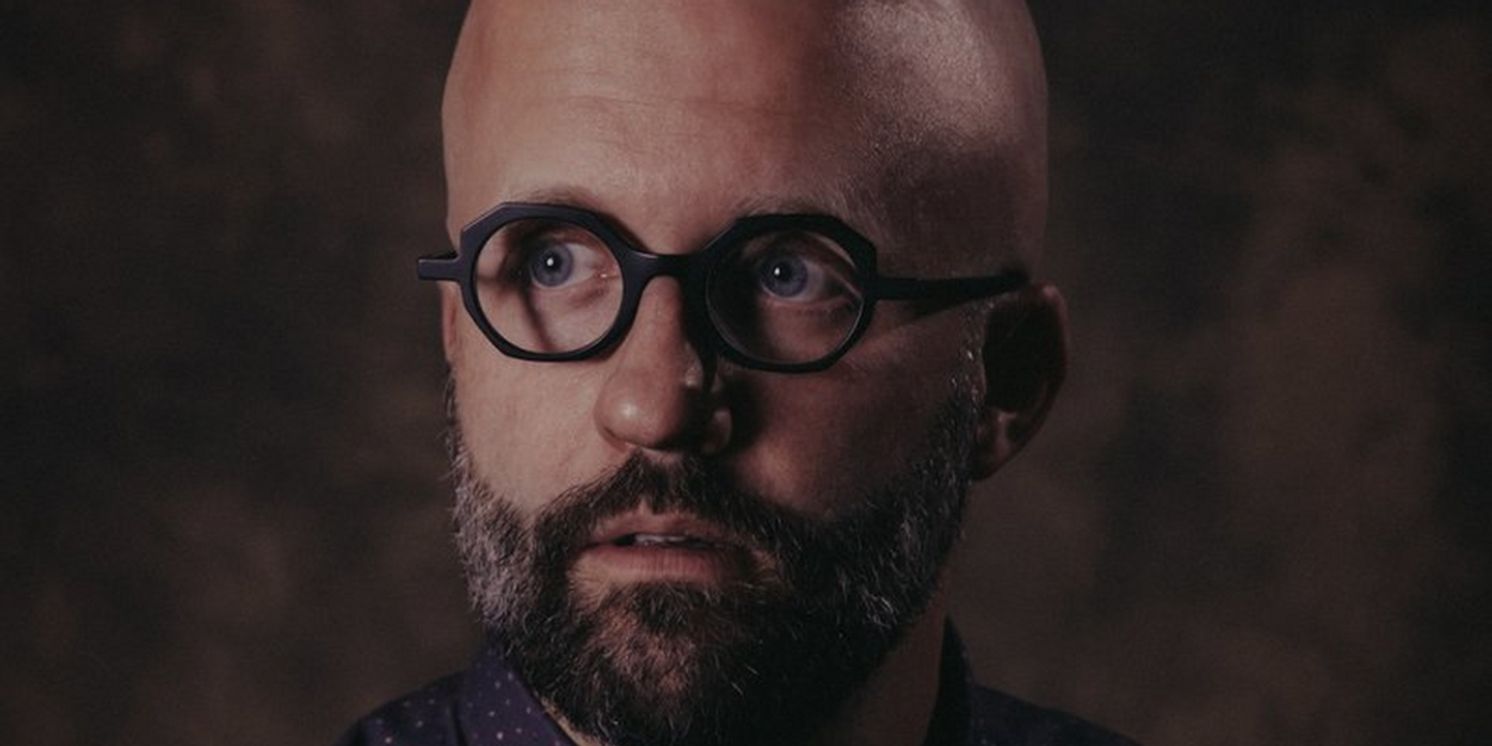McKenzie Stubbert to Release 'Waiting Room' on Friday
It's set for an August 18th release date via Curious Music (Harold Budd, Hans-Joachim Roedelius).

For Los Angeles-based neo-classical composer McKenzie Stubbert, making music is a little like going to therapy. Both are a slow process of self-discovery: grueling yet rewarding. “You can try to make these adjustments, but the best path forward in making art and therapy is to first listen to who you are and be honest about what that is,” McKenzie says.
On the Emmy-nominated composer's long-gestating new album, Waiting Room, a rich and elegiac song cycle that draws upon film scores, neoclassical piano, and minimalist composers of the late twentieth century, McKenzie has found that honesty. It's set for an August 18th release date via Curious Music (Harold Budd, Hans-Joachim Roedelius) on LP/cd/digital and showcases Stubbert’s textured approach and toy box take on the neo-classical style.
The album’s cover depicts an unusual image of McKenzie himself, rendered in an oil painting by his friend Zachary Johnson (the brother of Knives Out director Rian Johnson). The painting is based upon a photograph McKenzie’s wife and frequent collaborator snapped of him sitting in the waiting room of their marriage counselor. McKenzie saw the image and immediately saw an honest reflection of himself.
“And now the album is called Waiting Room,” McKenzie says. “We were two artists living together, coming out of religion, trying to make art but survive in an economy that doesn’t really support that. It’s pretty complicated. That waiting room was, I discovered, a self-imposed waiting room for me, waiting to emerge.”
McKenzie has been honing his musical voice for more than 30 year, ignited by hearing Danny Elfman's score for Batman (1989). Soon he discovered the sweeping, ambitious scores of Bernard Herrmann, Nino Rota, and Henry Mancini. He was taken, too, by David Shire’s eerie score for The Conversation, which fused classical, jazz, and art music in ways that influenced McKenzie’s own approach.
While attending classical music school, McKenzie felt stifled by the rigid traditionalism of the learning environment, and felt creatively liberated when he discovered modern minimalist composers, like Steve Reich and Philip Glass, whose hypnotic, cyclical compositions shaped his own approach to piano.
Accordingly, McKenzie’s music often finds transcendence through repetition; note the chiming, clock-like pitter-patter of “Turn” or marvel at the arpeggios, swathed in melancholy, that ripple throughout “Iesana.” The sense of finding inspiration in oddball loops also emerges in the most sonically unorthodox tune, “Respir,” which McKenzie wrote around a wheezy sample of old electronic equipment before sending the piano through pitch-shifting effects.
"Steps," a bonus track exclusive to the digital version of the album, features tactile scratches juxtaposed with McKenzie's reflective piano to create a uniquely colored hue.
After receiving a formal music education at the University of Oregon, McKenzie scored for the likes of Netflix, Nike, and LAIKA. He soon established himself as a prolific composer for film and TV, collaborating with major names like Katherine Bigelow, Pharrell Williams, Alex Gibney, and Black Francis. He began a multi-year collaboration with immersive artist Chris Milk, scoring VR experiences, and in 2017 he scored the Emmy-nominated documentary Elián.
McKenzie was building a career, trying to get paid to write music and to explore his identity as a composer. But after years of composing music to suit other artists’ visions, he longed to compose something entirely his own. While Waiting Room is his second solo album, it was largely written before For Their Return, his more ambient-leaning debut. “This one took about seven years to make and was very much me experimenting, trying to figure out who I was as a composer, but also discovering that the production process I developed over time was integral to the creation of it,” he says.
McKenzie originally recorded a version of the album at a friend's studio in Studio City, CA, using a beautiful grand piano. But that wasn’t him, either. Upon hearing this iteration, his wife, the filmmaker Tiffany Kimmel, remarked: “You’ve kind of stripped the soul out of this album.” McKenzie re-recorded the pieces on his own piano, a rickety old thing built in the 1940s.
“It has all kinds of noises and creaks because it’s a 1949 Acrosonic,” McKenzie observes. “I spent all this time trying to clean up the sound, get rid of the creaks. There are notes that get mashed together. But instead of getting rid of those, I decided to keep those, and I realized how emotionally those sounds fit into the story of making this record.”
Indeed, the rickety, ramshackle sound of McKenzie’s piano infuses the crevices of Waiting Room, instilling the music with a sense of weariness and loss as essential to the work as the notes themselves. It’s there in the percussive tapping of the keys on “Turn,” a piece which emerged when McKenzie was scoring old pieces of Oskar Fischinger’s avant-garde animation just to jumpstart his creativity, and it’s there in the rustling underbelly of “Never I Know,” an exquisite tune which is the instrumental version of a song McKenzie wrote with his wife about the complications of their being together.
These lived-in sonic textures are essential to the spirit of Waiting Room; nothing is too sleek or clean. “Every person that you meet, who has a smile on their face, has an ache that’s there,” McKenzie says. “If you look for it, and you talk to them and you wait for it, you can feel it. Perhaps in my path out of religion, my love of magic tricks, and love of the process of filmmaking, I’ve been trying to understand how everything works. That can be a little mechanical if you forget the fact that there are humans involved in all of these things.”
On Waiting Room, McKenzie Stubbert’s richly woven, melancholy music finally emerges in full bloom.
photo: Robbie Augspurger
Videos

